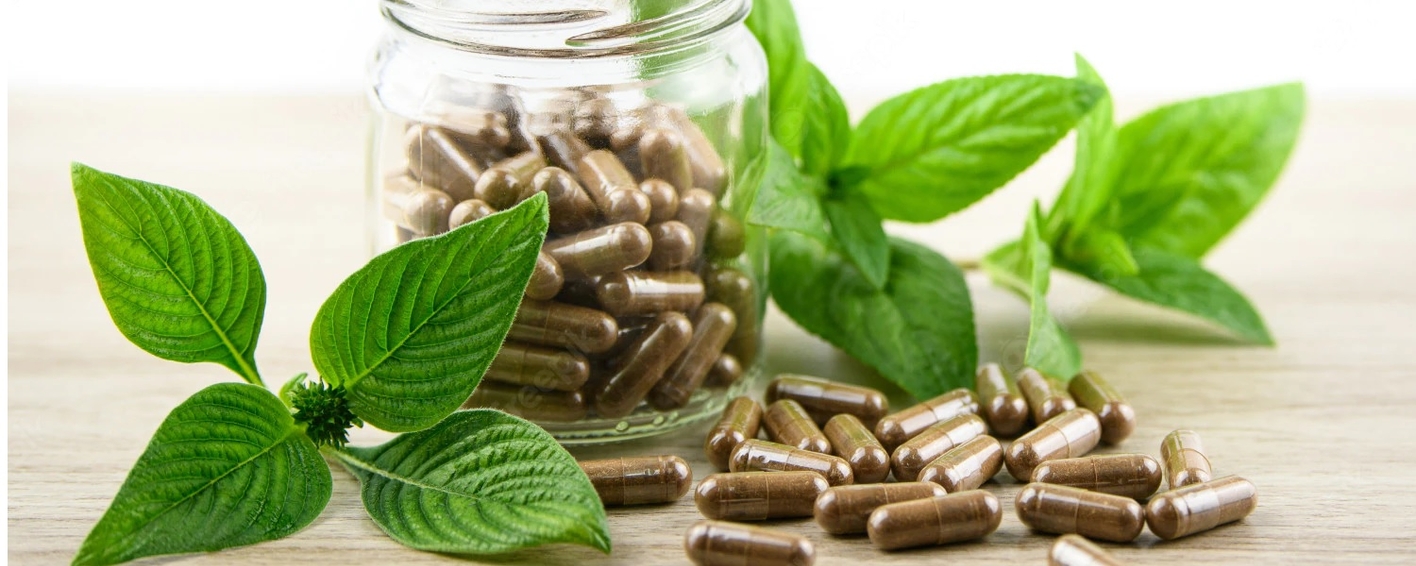
The urinary tract produces and stores urine and eliminates it from the body (1). It filters waste and excess fluid from the blood and removes them from the body (2). It comprises the kidneys, the bladder, the ureters (tubes that connect the kidneys to the bladder) and the urethra (a tube that drains urine from the bladder) (2).
In Australia, 1 in 2 women and 1 in 20 men are affected by urinary tract problems (3). Urinary tract issues can affect the urinary tract as a whole or certain parts of the tract. Urinary tract disorders include urinary tract infections (UTIs), urinary incontinence (the involuntary leakage of urine), kidney stones, pyelonephritis (kidney infection), cystitis (inflammation of the bladder due to an infection), urethritis (inflammation of the urethra), and an overactive bladder (urinary urgency or frequency) (4,5,6).
Risk factors for urinary tract issues include constipation, frequent intercourse, diabetes, urinary tract blockages, a suppressed immune system, the use of certain contraceptives and menopause (2,3,7). Symptoms of urinary tract issues include frequent urination, involuntary leakage of urine, delirium (particularly in the elderly), a strong urge to urinate, painful urination, bloody or cloudy urine and cramping in the lower abdomen (3,7,8,9,10).
Lifestyle modifications that may reduce the risk of urinary tract problems include: staying hydrated, wiping front to back after urinating, urinating before and after intercourse, wearing cotton underwear, adequate exercise, a healthy diet, stress management, and limiting alcohol consumption (3,4,11).
There are a variety of natural interventions, including herbs and nutrients in combination with a healthy diet and lifestyle, that can improve your urinary health and reduce the risk of urinary tract issues (9,10,11,12,13).



